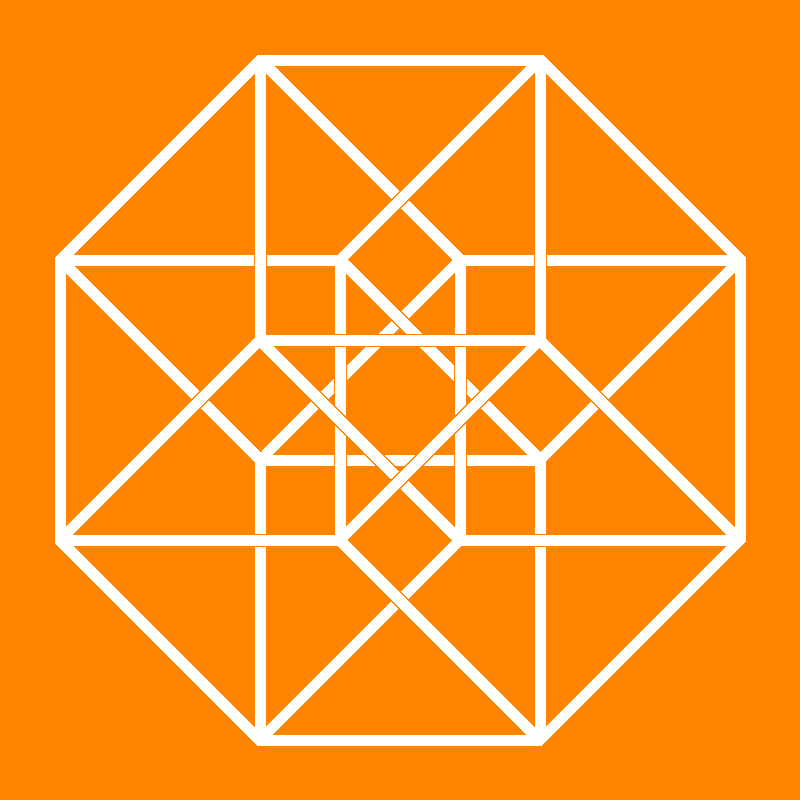
Journal for Geometry and Graphics 23 (2019), No. 2, 245--258
Copyright Heldermann Verlag 2019
Foldable and Self-Intersecting Polyhedral Cylinders Based on Triangles
Jens Wittenburg
Institute for Technical Mechanics, Karlsruhe Institute of Technology, Kaiserstr. 12, 76128 Karlsruhe, Germany
jens.wittenburg@kit.edu
[Abstract-pdf]
\def\rV{{\rm V}} An infinitely long strip of paper is divided by a zigzagging line into congruent triangles with side lengths $1$, $a$ and $b$. On both rims of the strip the vertices $\rV_k$ of the triangles are labeled from $-\infty$ to $+\infty$ with a shift $n$ such that $(\rV_0 \rV_1 \rV_n)$ is a representative triangle. Along the sides of the triangles folds with alternating fold angles are made. Under certain conditions on $a,b$ and $n$ and with appropriately chosen fold angles it is possible to bring every vertex $\rV_k$ on the upper rim in coincidence with the vertex $\rV_k$ of equal name on the lower rim. The resulting body is a polyhedral cylinder (PC). The vertices are distributed at equal intervals along a helix on the surface of a circular cylinder. For given lengths $a$ and $b$ up to $(n-2)$ PCs can be formed. There are foldable PCs and self-intersecting PCs. In the case $n=4$ self-intersecting PCs consist of a core body with congruent nonconvex pentagonal faces and of an infinite number of congruent tetrahedra, each tetrahedron in edge-to-edge contact with the core body along three edges.
Keywords: Polyhedral cylinder, core body, foldability, flexible polyhedra, periodic framework.
MSC: 52C25; 53A17, 51M20
[ Fulltext-pdf (912 KB)]